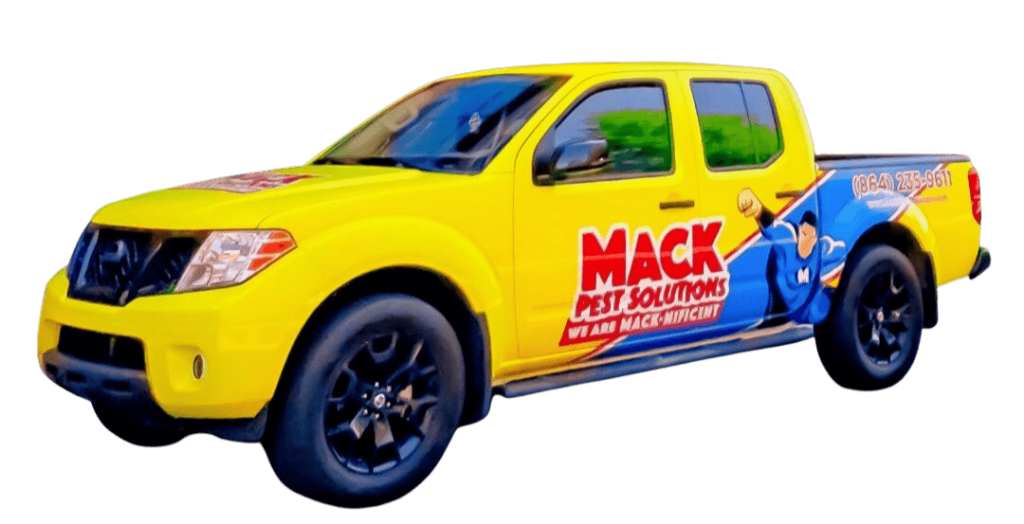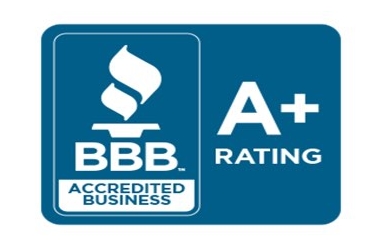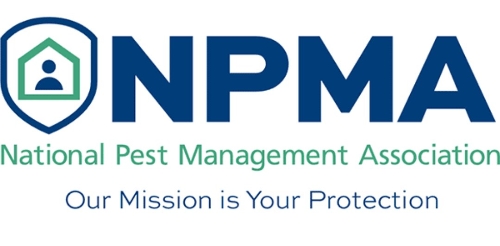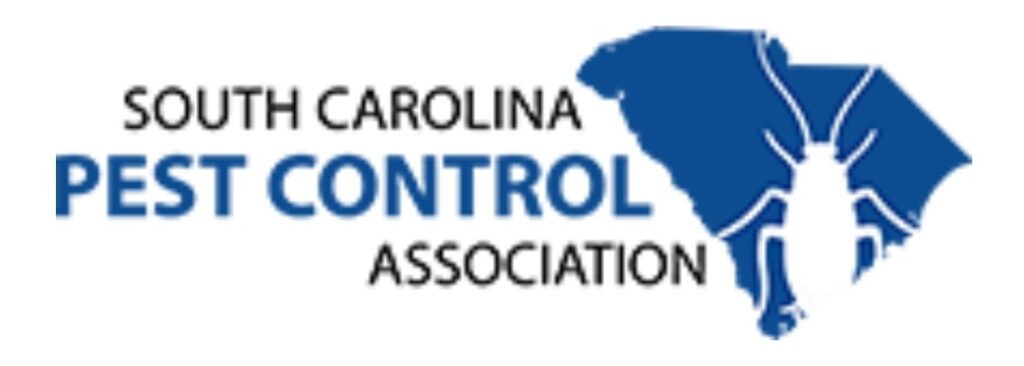Who needs to venture into the great unknown for the thrill of exotic wildlife when you can have your own mini ecosystem right inside your home?
The Ubiquitous Presence of Indoor Pests in Homes
From the regal roach to the magnificent mosquito, South Carolina houses are veritable nature parks for common indoor pests.
Our state, magnificent as it is, has its fair share of bugs and pests. And as much as we love being close to nature, we could do without having six (or more) legged party-crashers inside our four walls.
They are like that one guest at a party who wasn’t invited, eats all your chips, and then refuses to leave. Am I right?
Even in the cleanest, Marie Kondo-est of homes, you’ll still find these unwanted guests gallivanting about like they own the place. Trust me, though, they didn’t help pay the mortgage.
Impact of Indoor Pests on Health and Home Environment
If you’re thinking, “Ah, they’re just teeny fellows, what harm could they possibly do?” allow me to shatter that innocent perception.
Apart from being unsanitary, sifting through our leftovers and potentially spreading diseases, pests can also cause structural damage to your beloved home.
Termites, for instance, aren’t into paleontology, but let them loose and your wooden beams could end up looking like Swiss cheese fossils.
Pests also have a sly way of messing with your peace of mind. Just try sleeping soundly knowing there is a platoon of ants marching through your kitchen. It’s enough to drive anyone buggie…er, I mean, buggy.
So, with that enlightening intro, shall we get down to the nitty-gritty of identifying these uninvited roommates and putting a stop to the endless house party? Stay tuned! Or rather keep scrolling, there’s no commercial break here.
Identifying Common Indoor Pests in South Carolina
So, you’ve accepted that sharing your home with pests is less of a ‘live and let live’ situation and more of an unsolicited episode of *Cribs: The Bug Edition*.
The first step, just like any good 12-step program, is to know what you’re dealing with. Here’s your pocket guide to the usual suspects.
Major Pest Types Frequently Found Indoors
Honestly, if I listed all the pests that enjoy South Carolina’s indoor hospitality, we’d be here till the cockroaches fly, which they do by the way.
Aren’t they considerate? Instead, I’m going to focus on the celebrities of the pest world, the ones that steal the limelight more often:
1. Cockroaches – The roach race is the epitome of survival. These ‘indestructibles’ love damp places and snacks left on your counter.
2. Ants – You might have seen ’em marching one-by-one, particularly fond of your picnic (or any food really).
3. Mosquitoes – Nothing sucks like a mosquito, literally. They’re fans of stagnant water for their nursery set-up.
4. Spiders– Not all are harm-dealers, but a few have venom potent enough to ruin your day or week.
5. Bed Bugs – Don’t let the bed bugs bite? Easier said than done. These guys are a nightmare in bug form.
6. Termites – AKA “The Tiny Architects of Destruction,” they specialize in turning your wood into their wood.
7. Rats and Mice– Oh yeah, these furry critters count too. They just love gnawing on your stuff, especially wires.
Signs and Symptoms of a Pest Infestation
Your pest pals are unfortunately not big on personal space or cleanliness. They tend to leave evidence of their presence, like Hansel and Gretel, but with less bread and more poop. Here’s what to look out for:
1. Physical Sightings – Often the first clue, because who needs subtlety?
2. Droppings – Tiny piles of poop? Could be roaches, rats, mice or ants. It’s basically their version of a signed selfie.
3. Property Damage – Gnawed wires, wood shavings, or even holes in your walls are quite telling.
4. Nests – Pests like to set up their cozy little homes inside yours; watch out for them in corners and dark places.
5. Odd Smells – Some pests, like roaches and rodents, have a distinctive foul smell. Less ‘new car’ scent, more ‘uninvited squatter.’
There you have it! Pay close attention, and you can catch these interlopers red-handed. Or six-handed, as the case usually is. Understanding your enemy will take us a long way to getting a peaceful, pest-free living space. Stay with us as we delve into the riveting life and times of indoor pests in the next section. Don’t worry, it’s PG-13.
Understanding the Behavior and Habits of Indoor Pests
Pop Quiz! Can you guess what the ‘pest’ in ‘pest control’ stands for?
If you said “Painfully Exasperating Squatter Tenants”, you get a gold star! Let’s dive in to understand these party poopers better so we can give them the boot in the most humane way possible.
Life Cycles and Breeding Habits of Common Pests
Each indoor pest has its own adorable quirks (read: revolting habits). Knowing what these are is crucial in dealing with them effectively. Here’s the dirt:
1. Cockroaches – Females lay eggs in capsules they carry and drop when close to hatching. Yeah, our face did that cringe thing too.
2. Ants – They operate in colonies with roles divided among workers, soldiers, and the queen. It’s like *Game of Thrones* but with more legs.
3. Mosquitoes – Water is the chosen medium for their eggs. Remember this the next time you leave that bucket outside.
4. Spiders – Most lay eggs in a silk web to protect from predators. So, if spiders are around, no you’re not crazy, the walls really are moving.
5. Bed bugs – Females lay eggs in hidden areas both on and off your bed frame. Truly, their dedication to making you uncomfortable is heartwarming.
6. Termites – They establish large colonies divided into castes, like ants, but with a penchant for woodwork.
7. Rats and Mice – They breed rapidly, and are drawn to warm, hidden areas. Your attic and basement isn’t just a storage space, it’s also rodent real estate.
Preferred Habitats Within the Home
The tagline “Make Yourself at Home” is taken rather seriously by these pests. They have their preferred metros under your roof:
1. Cockroaches – Fancy the kitchen and bathroom, because who can resist good food and a warm bath?
2. Ants – Love the pantry and the kitchen. Also, if by love, you mean pillage and plunder, then sure, they love your food stuff.
3. Mosquitoes – Any area with standing water is equivalent to Miami beach for these bloodsuckers.
4. Spiders – They prefer corners and crevices, liken them to penthouse suites.
5. Bed bugs – Guess where these like to set up shop? Hint: it’s in their name.
6. Termites – Wood is their life. Structural wood, furniture, anything that once said ‘I am Groot’.
7. Rats and Mice – Love hidden, cluttered areas. That box of stuff you haven’t seen since the *Friends* Finale? Rat haven.
Grossed out yet? Don’t worry, we are just getting started.
We are now ready to discuss tactics to manage these unexpected roommates. You’re doing great. Just keep breathing through your nose, and whatever you do, don’t imagine them crawling over you while you sleep.
Tactics for Managing Indoor Pests in South Carolina Homes
Now that we’ve waded knee-deep into the unnerving world of indoor pests and their lifestyles, let’s roll up our sleeves and kick some multi-legged butt.
Remember, this is our Battle of Helm’s Deep, and just like the men and elves of Middle Earth, we have a strategy.
Common Tactics and Techniques for Pest Management
Before going full Rambo, let’s remember the three P’s of pest management: Prevention, Proofing, and Pounding (Okay, Pounding is a stretch but who could resist the alliteration?)
1. Prevention – The whole ‘an ounce of prevention is worth a pound of cure’ adage holds pretty true when battling pesky pests. Regular cleaning, proper food storage, and eliminating standing water goes a long way.
2. Proofing – This is your home security system – against the miniature mafia, of course. Think sealing gaps, fixing screens, and closing potential entry points.
3. Pesticides – Ah, pest repellents, your best friend in spray or solid form. These can range from sprays to traps to electronic contraptions. Choose ones that are effective but not harmful to your family and pets.
4. Professional Pest Control Services – When the war gets tough, the tough call in the professionals. They can carry out thorough inspections and treatments to reclaim your home.
Practical Tools for Pest Detection and Elimination
Luckily for us, there are gadgets and tools designed specifically to help us detect and eliminate our unwanted guests. It’s like the pest version of Batman’s utility belt:
1. Flashlights – For inspecting corners and hard-to-reach areas. Also handy for late-night bathroom trips.
2. Crack and Crevice Tools – To seal all those inviting entry points. You’re not running a bug motel.
3. Sticky Traps and Boards – These are like a Thug’s Flypaper. Stick ‘em where you think pests are hanging out.
4. Pesticides and Sprays – Your chemical warfare. Make sure they’re safe for indoor use. Nobody wants to gas their own house.
5. Electronic Pest Repellers – They emit frequencies unfavorable for pests. It’s like playing the bagpipes at a peaceful picnic.
6. Professional Inspection Tools – For heavy infestations. Includes stuff like snake cameras and moisture meters.
Well, that’s it for this section. Put on some dramatic music and start drafting your victory speech. The end of unwanted roommates is near.
But before that happy day arrives, let’s arm ourselves with long-term strategies to keep them at bay indefinitely.
Long-Term Strategies for Keeping Your Home Pest-Free
Great job on making it this far! I have to say, you’re showing impressive levels of resilience. Now, you’ve managed to clean out the riff raff and your home feels like a sanctuary once more. But like that annoying movie villain, pests have a knack for making unwanted sequels.
Let’s get down to what you can do to keep this horror flick from getting a reboot.
Preventive Measures to Block Entry Points
Your home, beloved as it is, needs to be Fort Knox to these pests. Here’s how to beef up your defenses:
1. Seal Gaps and Cracks – Regularly inspect and seal crevices and gaps in doors, windows, and walls. No free pass for pests here.
2. Dispose of Garbage Properly – This just in: pests love trash. Make sure yours is sealed and ideally, disposed of regularly.
3. Check Packages and Bags – Pests can hitch a ride on your stuff. Verify your groceries and other bags before bringing them inside your fortress.
4. Professional Home Inspection – Occasionally, let the pros take a look. They can spot what we amateurs might miss.
Maintenance Tips for a Sustained Pest-Free Environment
After winning the battles, it’s time to maintain the peace. Ever heard about the importance of cleaning your room as a kid? Yeah, turns out it was not just about discipline and presentation:
1. Regular Cleaning – Common sense, yes, but regularly sweeping, mopping, and vacuuming does wonders.
2. Proper Food Storage – Bugs have a nose for free meals too. Keep your meal fixings sealed and your eating areas clean.
3. Regular Home Maintenance – This includes keeping gutters clean, pruning trees and bushes, and repairing leaks instantly.
4. Use Storage Containers – Keep clutter to a minimum and use sealed boxes for storage. Pests love a good mess.
5. Monitor Regularly – Keep an eye out for early signs of infestation. With pests, the early bird avoids the infestation.
There you have it; your handy guide to vanquishing and preventing indoor pests in South Carolina.
You’ve learned to recognize, handle, and drive off these uninvited guests like a pro. Pat yourself on the back and celebrate with a pest-free peace of mind.
And remember, the only bugs welcome in your house henceforth are software bugs, and maybe your pesky little nephew. Pests? Not on your watch!



